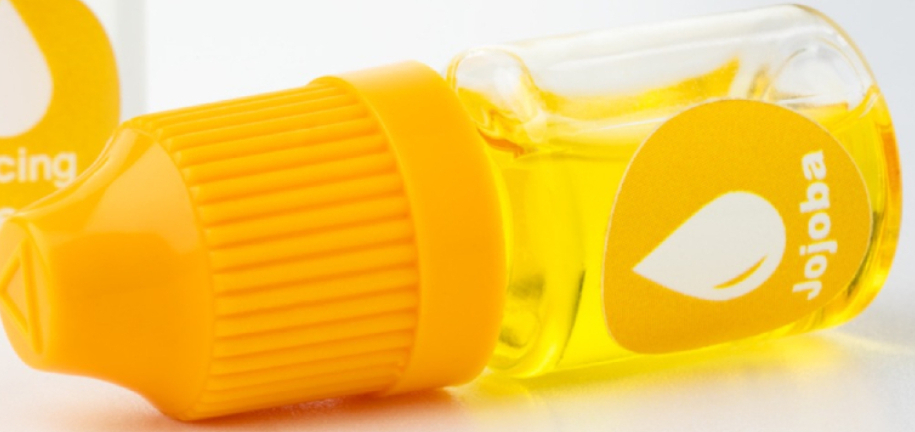
Common Piercing Problems and Aftercare
Your Comprehensive Guide to Piercing Aftercare, Maintenance, and Complication Prevention
Piercing aftercare is crucial to get a beautiful, well-healed piercing. As a starting point, you should always follow your piercer's advice regarding aftercare. But when it comes to piercing aftercare, you can never learn too much, and it is advisable to be well-informed. Bodymod’s recommendations regarding aftercare are based on the Association of Professional Piercers, the world's largest association of professional piercers.
How often should I clean my piercing?
People who get their first piercing tend to care for it constantly. But cleaning it too often can lead to some problems. A newly made piercing needs to be left alone and not stressed more than is necessary.
As a rule of thumb, wash your new piercing mornings and evenings and anytime it has been exposed to dirt.
How do I wash my piercing?
- Wash your hands thoroughly every time your piercing needs cleaning.
- Wash the piercing with ph-neutral soap or a and rinse with water. You don’t need to take your jewelry out - sometimes your skin will grow together in a couple of minutes! - but you can.
- You can use to wash your piercing. If it’s infected, it’ll heal faster.
- Finally, wipe it with a clean cloth or towel.


Why does my piercing smell?
In case your piercing smells, worry not. Your skin naturally generates sebum that, when broken down by bacteria, can create strong odors. To avoid this, use that can kill the bacteria.
Can I prepare isotonic saline solution at home?
Yes! Instead of buying it, you can prepare your isotonic saline by adding 1/4 teaspoon of salt without iodine to a glass of water (2.5 dl). Please bring it to a boil, and then let it cool. Ideally, you should soak your piercing in the prepared mix. For example, if you have an ear piercing, you can tilt your head and submerge your ear in a container of saline solution. For some piercings, that might not be possible, in which case you can use a clean piece of cloth that won’t leave any material behind.
Mind that you should not reuse your isotonic saline. You could make a larger amount and store it in a sterile, closed container. Please keep it in the refrigerator and pour the desired amount into another container before using it. You shouldn’t store homemade saline solution for more than seven days, and it should be lukewarm to room temperature before use.
How do I avoid piercing scars?
If you get a piercing, scar tissue will always form. Do everything you can to speed up the healing process as much as possible. The longer a wound takes to heal, the more prominent the scar will become. That’s why you should follow your piercer's advice to the letter and keep a very close eye on your piercing yourself during the healing period.
What should I know before deciding to let my piercing close?
If you choose to take your piercing jewelry out and let the piercing close, you may use a product containing to lubricate the area where your piercing once was. Vitamin E helps the skin to contract nicely and is generally a good remedy for unsightly scars. Be aware that you should never use oils in piercings that are still healing.

